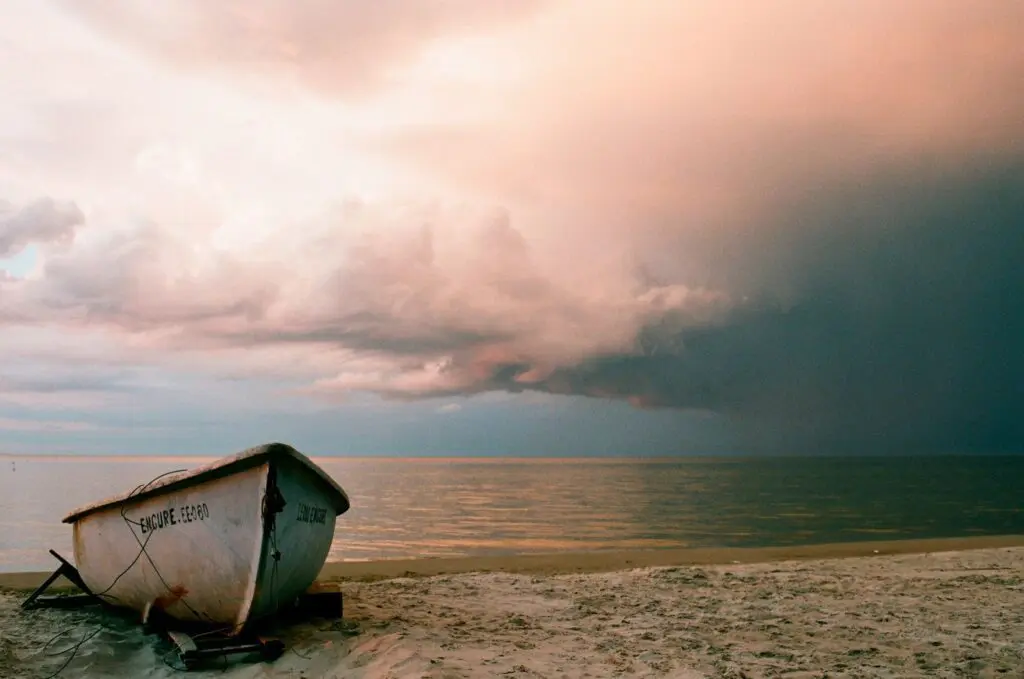
How Can I Tell if I’m Depressed… Or Just Sad?
Depression is at epic levels. The Center for Disease Control estimates that in the USA alone more than 16 million people experience symptoms of depression every day. We are all impacted by traumatic events, losses, separations, and disappointments. Such events can cause us to grieve and move differently in the world for a time. As depression sets in, we start shutting down emotionally, stop caring, become numb or despondent, and are left feeling weighed down under a heavy blanket of futility. Why do some people develop depression while others don’t? Genetics, hormones, biochemistry, lifestyle, and social dynamics are variables that determine this. We want to catch depression early because as it progresses it can result in disease and chronic health issues, suicide, loss in productivity, addiction, and social isolation.
How do we know if we are depressed, or if we are sad? Difficult events are often intensely emotional and psychological experiences and it can be confusing to know if we are truly depressed, or sad. Here are some differentials that can help us determine which is which.
Long Term/Temporary
Depression is a state that can become chronic. A long-duration almost always requires some type of professional intervention. If hopelessness, lack of motivation, and changes in appetite or sleep last for over two weeks, please seek professional assistance.
Sadness is generally a temporary experience that we are likely to move through, returning to our usual self.
Chemical/Situational
Depression is a biochemical response. Because the neurons in our brains tend to “fire together” they will eventually “wire together.” When this occurs, our brain forgets how to have a normal response to events and will repeatedly follow a path to depression.
Sadness, however, is an emotional response to a difficult situation. Over time our own internal coping mechanism will adapt and we will again function as before.
Abnormal/Normal
When we are depressed, our response to what is happening may over time become excessive or out of proportion to the actual event. Keep in mind when something really bad happens it is normal to feel really bad, which may include depressive symptoms. If the symptoms last for more than a couple of weeks it is encouraged to seek assistance.
Sadness is a normal response to an upsetting event, loss or transition. Strong emotions may cause us to misunderstand our response to be depression, rather than recognize that our feelings are normal considering what we may be going through.
State/Response
Depression is a state of being. It affects our thoughts, behavior, motivations and attitudes. We can be depressed even when everything seems to be going well. We can be unmoved in the face of something that would otherwise impassion us.
Again, sadness is a normal response to an upsetting event. When life improves, so does our mood.
Disruption/Routine
Depression, like many chronic conditions, will disrupt our lives to some extent. We lose the will to do the things that make us happy and feel engaged in our lives.
When we are sad, we can usually continue to function. Even when the world seems to have significantly tilted on its axis, we still take care of ourselves, our work, and our families.
Rigid/Fluid
Like most chronic conditions, depression remains a persistent underlying state. Levels of depressive intensity can change, but it is generally always there.
Sadness is fluid. It comes when we have reason to be sad and leaves when life returns to normal. Sadness can be interrupted and relieved in many ways: good cries, venting to compassionate listeners, distractions of work and routines, exercise, moments of pleasure.
Self-punish/Self-reflect
When we are depressed, we tend to punish ourselves. We might eat or drink too much, verbally and mentally abuse ourselves, or deny ourselves the ability or willingness to experience joy or love.
Sadness causes us to reflect on our lives. It is in this self-reflection that we find ways to heal our hearts and move through events, rather than getting stuck in the vicious cycles of futile thinking.
Hopeless/Hopeful
Depression can feel hopeless and consuming, and may result in suicidal behaviors and thoughts. If you find yourself considering suicide, please call the National Suicide Prevention Hotline at 1-800-273-TALK.
When we are sad, we can still have hope. We are able to remember that there is more to us than our sadness. We know that life is made up of ebbs and flows and that, this too shall pass.
Numbness/Strong Feelings
When we are depressed, we become numb to the world around us. We find it difficult to feel anything other than pain. Life becomes so intense that we numb ourselves to all feelings rather than risk more pain.
With sadness, we feel strongly! Joy and pleasure can still find their way into our hearts and minds, as can love, laughter, and the knowledge that we are capable of our full range of emotion and feeling.
Depression and sadness both can take a toll on our emotional well-being. But if we can differentiate between the two, we can find hope in our recovery. To learn more about how to help yourself traverse this terrain, please click here. There you will find tools to help you heal and return to the life you desire.